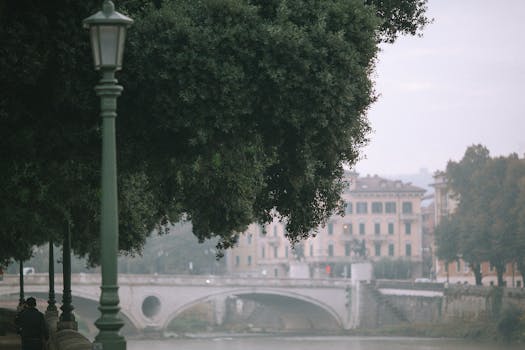
Urban Green Spaces: The Future of Outdoor Living in European Cities by 2025
Urban Green Spaces: The Future of Outdoor Living in European Cities by 2025 is a concept that has gained significant attention in recent years. As the world becomes increasingly urbanized, the need for green spaces in cities has become more pressing than ever. These areas not only provide a tranquil escape from the hustle and bustle of city life but also play a crucial role in maintaining the physical and mental health of urban dwellers.
Introduction to Urban Green Spaces
Urban green spaces refer to areas of vegetation, water, or other natural elements within an urban environment. These can range from small parks and gardens to large forests and wetlands. The primary function of these spaces is to provide ecological, social, and economic benefits to urban residents. By incorporating green spaces into urban planning, cities can mitigate the effects of urbanization, such as air pollution, heat islands, and the loss of biodiversity.
Benefits of Urban Green Spaces
The benefits of urban green spaces are numerous and well-documented. Some of the most significant advantages include:
- Improved Air Quality: Vegetation in urban green spaces absorbs pollutants and particulate matter, improving the air quality and making it healthier for residents to breathe.
- Climate Regulation: Green spaces help regulate the urban microclimate by providing shade, cooling the air through evapotranspiration, and reducing the urban heat island effect.
- Mental Health Benefits: Spending time in nature has been shown to reduce stress levels, improve mood, and even alleviate symptoms of depression and anxiety.
- Increased Biodiversity: Urban green spaces provide habitats for a wide range of plant and animal species, helping to maintain biodiversity in urban areas.
- Recreation and Leisure: Green spaces offer opportunities for physical activity, socialization, and recreation, contributing to the overall quality of life for urban residents.
Examples of Successful Urban Green Spaces in European Cities
Several European cities have made significant strides in incorporating urban green spaces into their urban planning. Some notable examples include:
- Barcelona’s Superblocks: This initiative involves converting city streets into pedestrian-friendly green spaces, reducing traffic congestion and improving air quality.
- Copenhagen’s Harbor Bath: A public swimming area in the city’s harbor, demonstrating how urban green spaces can be used for recreation and leisure.
- Amsterdam’s Green Roofs: The city has implemented a program to create green roofs on buildings, providing insulation, reducing stormwater runoff, and creating habitats for wildlife.
Challenges and Future Directions
Despite the numerous benefits of urban green spaces, there are still challenges to be addressed. These include:
- Availability of Space: In densely populated cities, finding available space for green areas can be a significant challenge.
- Funding and Maintenance: Creating and maintaining urban green spaces requires significant investment, which can be a barrier for many cities.
- Community Engagement: Encouraging community involvement and participation in the planning and maintenance of green spaces is crucial for their success.
To overcome these challenges, cities must prioritize urban green spaces in their planning and policy decisions. This can involve innovative solutions such as green roofs, vertical gardens, and community-led initiatives. By working together, we can create thriving, sustainable cities that provide high-quality living spaces for all residents.






